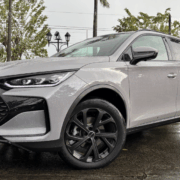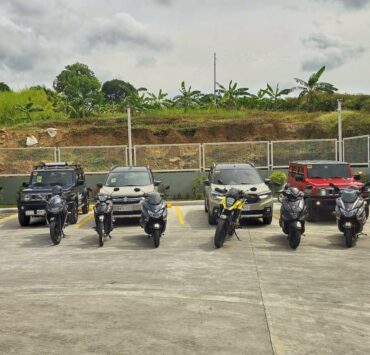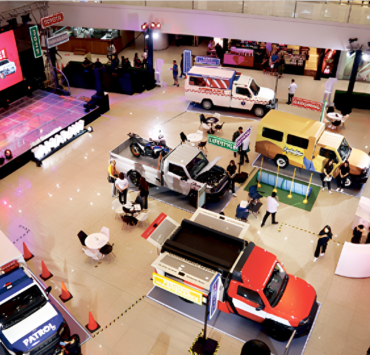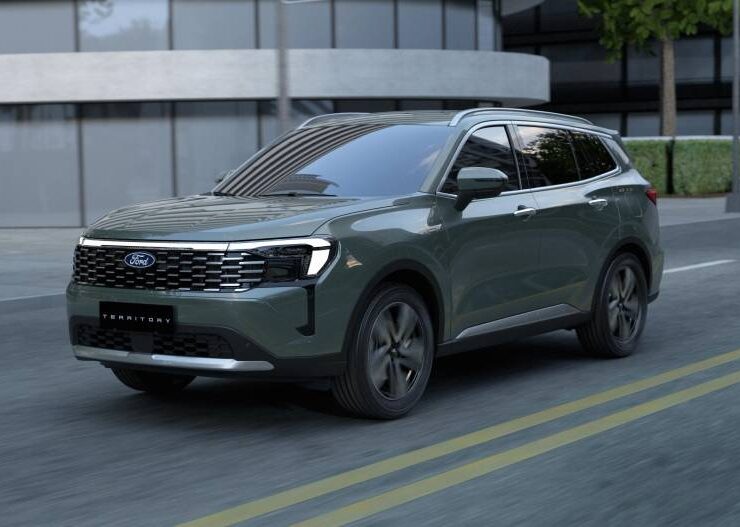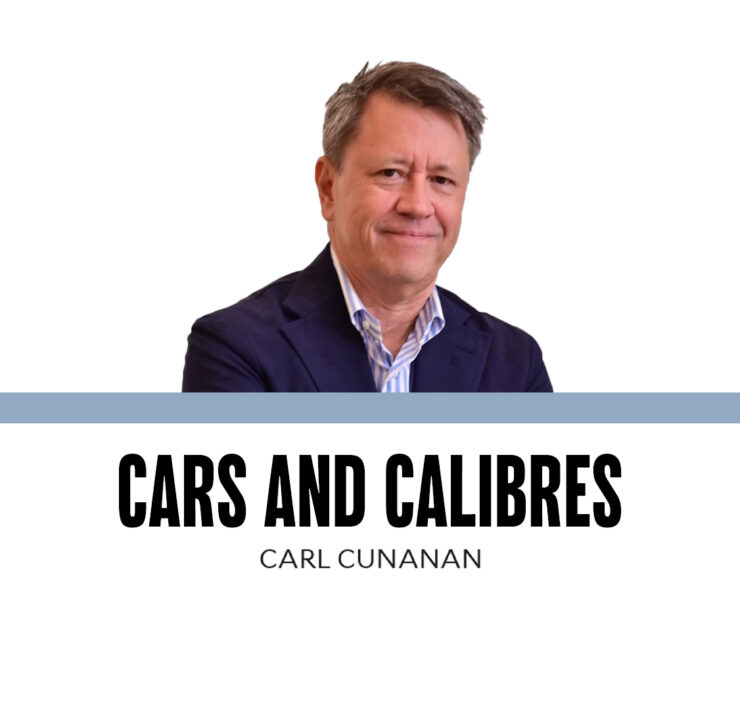What to do when your EV’s battery goes below 10%
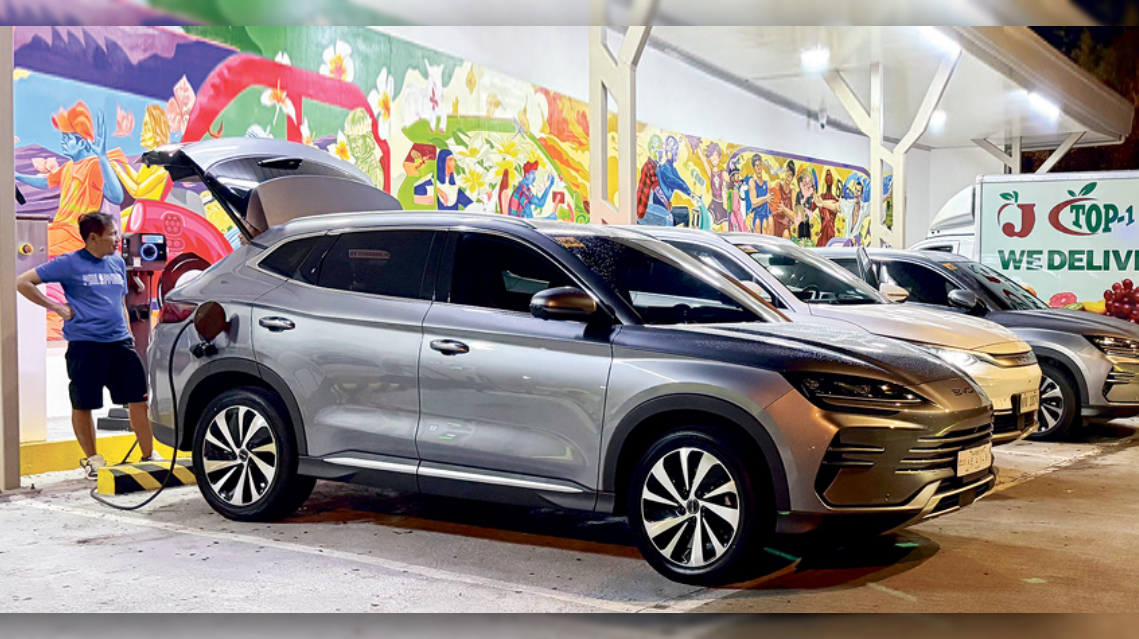
Although most people are afraid of driving late at night, I positively enjoy it because of how clear the roads are.
Past 9 p.m., Metro Manila’s “parking lots” revert into what they’re supposed to be – streets that allow every car, motorcycle, bicycle, truck and pedestrian to move freely and efficiently. It was during one of these nights that I decided to perform the ultimate electric-vehicle (EV) experiment.
It just so happened that I had been lent the 2025 BYD Seagull, which was sitting in my garage in Quezon City with 29 percent battery charge or around 72 kilometers of indicated range. Could I drive it to Total Alabang, then to the ACMobility EV charging station in U.P. Town Center in Quezon City – a journey of around 69 kilometers – without stopping to charge?
Call it the ultimate test in EV range anxiety. And here’s how I just about succeeded.
Plan well
As you may have noticed, I knew exactly how much range I had available and how many kilometers my journey would be (thanks to apps like Waze).
Indeed, driving an EV requires a completely different approach to internal-combustion-engine (ICE) cars. It’s a shift that’s similar to when humanity transitioned from horse-drawn carriages to automobiles in the early 20th century.
Because charging stations are not yet as plentiful as gasoline stations, you must plan ahead on how long your legs would be and where you can find nearby places to charge. It also helps to understand the various features of your EV that allow it to maximize range.
In my case, I set the Seagull to Eco mode with maximum regenerative braking, which charges the battery when the car is just coasting (impossible in an ICE car). I left my house with the powerful dual-zone climate control system running and headed for the Skyway, where I followed the recently revamped speed limit of 80 km/h.
By the time I reached Total after 36 kilometers of normal expressway driving, my battery charge was down to 11 percent or an indicated range of 39 kilometers remaining.

Do not panic
At this point, range anxiety would truly set in for most people.
But as with many difficult situations in our lives, keeping cool is the key to finding the best solution. This is especially easy because technology like ACMobility’s EVRO app showed a variety of nearby charging stations that I could have easily reached with my remaining charge.
But since I was entering the uncharted, I soldiered back to Quezon City with the air-con off and the windows partially open – the Seagull’s indicated range plummets to 29 kilometers remaining when you keep it on.
Drive efficiently
Driving at the right speed will also help maximize your battery.
As intoxicating as the Seagull’s acceleration is, foot-to-the-floor driving would be sure to leave me stranded at the side of the South Luzon Expressway, which I entered via the Filinvest toll plaza. Driving at the published minimum speed of 60 km/h on the center or right-most lane (sitting on the overtaking lane is a traffic offense, remember) was just right.
I also made sure to turn off the standard cruise control – manual footwork is still the best when you’re hypermiling, especially when you need lift off to use regenerative braking down a slope. Relief set in when I reached the C-5 exit, especially since there would be numerous charging stations along the way in case my computations went wrong.
Indeed, when the charge level went below 5 percent in Pasig City, the range indicator simply disappeared. But my 33-kilometer cruise ended at the U.P. Town Center charging station, with just 2 percent battery remaining.

Prepare for the unforeseen
However, what I didn’t account for was that the two 120-kW DC chargers there were both offline.
In addition, the four other chargers were being used by people who had the same idea – charging late at night when it’s cool and traffic is minimal. Queues and recharging times (that are relatively longer than filling up with gas) are things EV owners must face until more charging stations are set up.
But it’s not all drudgery – the driver of the EV truck there was sleeping comfortably inside, while I had a friendly chat with a BYD Sealion 6 DM-i owner who was thinking about getting a Seagull as their second car (he had owned a Tesla in the U.S. before migrating here).
After about an hour, one of the Sealions left and I was able to plug into the 7-kW AC charger. Once the charge got back up to around 12 percent in 30 minutes, I went back home and returned the next night when the DC charger was working.
One thing I would have liked to see is a way to report inoperative charging stations – something like the Meralco hotline with its 24/7 support teams will become essential as EV adoption grows in the Philippines.
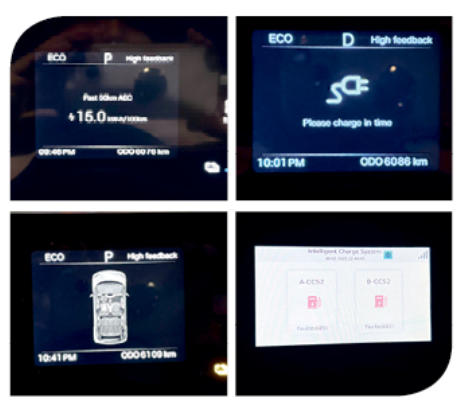
A new mindset
Overall, my experiment resulted in some very important insights.
First, the range indicator on EVs like the Seagull is generally very accurate, but it would be foolhardy to treat it like the one in an ICE car that still has a few liters of reserve fuel. That’s because when the battery hits zero, it really means zero, so charge immediately when you hit 10 percent.
Second, EVs and their associated infrastructure have developed exponentially over the last decade or so, thanks to the work of companies like ACMobility. If you are willing to do the math, these fossil-fuel-free automobiles could work out better for you, on top of the truly superior performance and unmatched refinement.
Finally, mindset matters with whatever form of mobility you use. Sitting for a while at an EV charging station (or eating at a restaurant while you wait) is a lot more pleasant and expedient than making stops to let your horse rest and eat, as what they did over 150 years ago.
And with fuel prices reaching truly punishing levels these past few weeks, cheaper alternatives to get around are always welcome.













